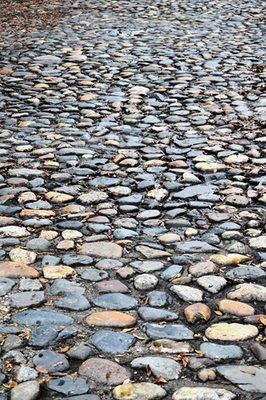Looking for design inspiration? Browse our curated collections!
March 14th, 2024 - 11:57 PM

This past weekend my husband gave me a birthday party in our former hometown which is also my “Happy Place”. I invited my girlfriends who live in different parts of the country. Three girlfriends drove several hours through three states and one flew in because it was too far to drive.
The lady who took a plane was a girlfriend that had taken a road trip with me the year before. She had flown into a city an hour away from where we are living and I drove to that city to pick her up. From there we embarked on our journey.
I have actually written several blog posts about that road trip and spending time with her this past weekend brought back many memories of the time we spent together.
The first major stop for us was Charleston, South Carolina (USA). The first day or two was damp and dreary and I was not enjoying the city at all. I did, however, get many photographs as we walked around the riverfront area of Charleston.
Today’s featured image is one of the photographs that I took on the day after it had rained. We were having trouble walking on the cobblestones as we crossed from one side of the street to the other and I decided to stop in the middle of the street and snap a few captures of the cobblestone surface.
Cobblestones have been used to pave streets for centuries. Cobble is a term for the size of stones that are used in architecture. They were originally laid in sand which helps with drainage. Those stone roads were much easier to navigate than dirt roads. However, because the stones are not all uniform roads were eventually paved with setts, uniformly quarried granite ((also called Belgian block).
Cobblestone streets can be noisy as horse carriages and motor vehicles drive over them. Although some people see this as a disadvantage, the noise can warn pedestrians of approaching traffic.
These stone paved streets can still be found in many of our older cities in North America, mainly in the historic sections, but are more abundant in Europe.
Our visit to Charleston took place in February as winter was winding down and spring was not far off. You can see brown and orange leaves scattered among the cobblestones with what looks like a pile of them in the upper left hand corner of the image. It appears that asphalt has been put between these stones, possibly covering an original layer of sand. I would think that the asphalt would help stabilize the stones now that heavy modern vehicles are driving on that street.
Do any of my readers drive over cobblestone streets on a regular basis? Please tell us what that’s like always bumping noisily along on those stones.
Comments
There are no comments on this blog. Click here to post the first comment.